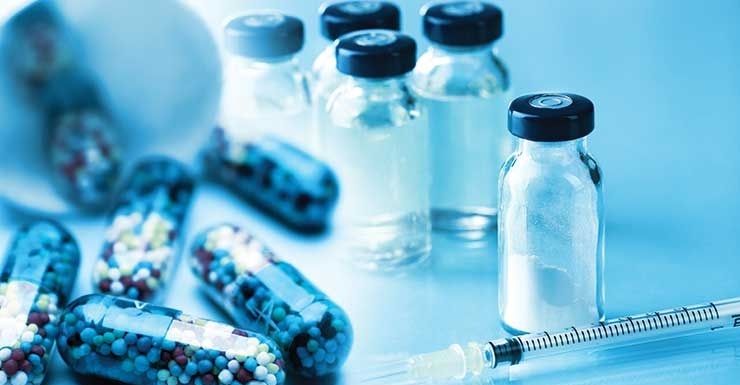Every month millions of Americans pick up their prescription at the pharmacy, only to discover that their pill looks different than the month before. Last month’s oval, white pills embossed with “3972V” are now round, and display imprint “ML24”. Green, round pills are now green rectangles.
Change is good, but not necessarily at the pharmacy. Even though most of us realize that the pharmacy has replaced last month’s generic pill with this month’s generic pill (probably due to a cheaper wholesale price), it still leaves us concerned. Pharmacists and doctors are meticulous in prescribing and dispensing the correct medication, but mistakes can happen.
What are the top 5 things you need to know to be sure you get the right medication?
1. Generic medication shapes and colors change frequently.
When a drug becomes available generically, the manufacturer can change the color, shape or imprints from the original pill or capsule. To save you money, the pharmacist might automatically switch your medicine to a generic when it becomes available.
In a study published in the respected medical journal Annals of Internal Medicine researchers looked at the medical records of over 11,500 Americans hospitalized for a heart attack between 2006 and 2011. All participants received a generic version of at least one heart medication such as beta-blockers, ACE inhibitors, angiotensin II-receptor blockers or statins.
During the study, 29 percent of patients saw a change in pill color or shape, and those who saw a change were more likely to skip their meds than those who had no change. The experts reported that when a heart medication changed in color, patients were 34 percent more likely to stop their medication; if the pill shape changed, the odds of stopping it skyrocketed to 66 percent.
Although the study cannot prove that the pill changes led to noncompliance, the association seems to be strong.
2. You should NOT stop your medication.
Why? Because many medications only last in your system for a short while, and stopping the medications abruptly may worsen your medical condition or cause serious side effects.
However, you SHOULD make a quick effort to correctly identify the pill. Call your pharmacist or doctor, who can help you identify it. You can also use the Pill Identification Wizard tool to verify your pill.
It is important you DO NOT STOP taking your pills without a doctor’s okay. In the above study, some patients stopped their heart medications, which can be life-threatening or even fatal.
3. Check your pill bottles BEFORE you leave the pharmacy.
Before you leave the pharmacy, open your pill bottle and see if it looks the same. If your pills appear to be a different color or shape, the pharmacist may have placed a label on the bottle or attached information alerting you to the change. If you prefer, double-check with the pharmacist directly before you leave the pharmacy to be sure you have the correct pills.
4. Search for your pill using the Drugs.com Pill Identifier Wizard
There’s a good chance that the Drugs.com Pill Identification Wizard (Pill Finder) can help you match the imprint, size, shape, or color and lead you to a detailed description in our drug database.
5. Communicate with your healthcare providers
Communication is the best way to avoid mistakes or medications errors. Not only do you want to correctly identify the medication, you want to gather other important information about your treatment like:
- What is the brand or generic name?
- What is the medicine used for?
- What is my dose and when do I take it?
- How long should I take the medicine?
- Are there food, disease, or drug interactions with my medicine?
- What common side effects may occur?
What if I miss a dose?
Be sure to tell your healthcare provider about all of the medications you take, too, including prescription and over-the-counter drugs, herbal supplements, vitamins, and any medical foods.
Another reason not to abandon your generic drug comes down to cost. Generic medications are one of the most effective ways to save prescription dollars at the pharmacy. Not all drugs are available generically, but those that are have exactly the same active ingredients and therapeutic effects as brand name drugs, and can cost 30 to 80 percent less. Even the FDA endorses generic drugs. Don’t wait until you get to the pharmacy to ask for a generic – let your doctor or other healthcare provider know that you prefer generics before they write the prescription.

























